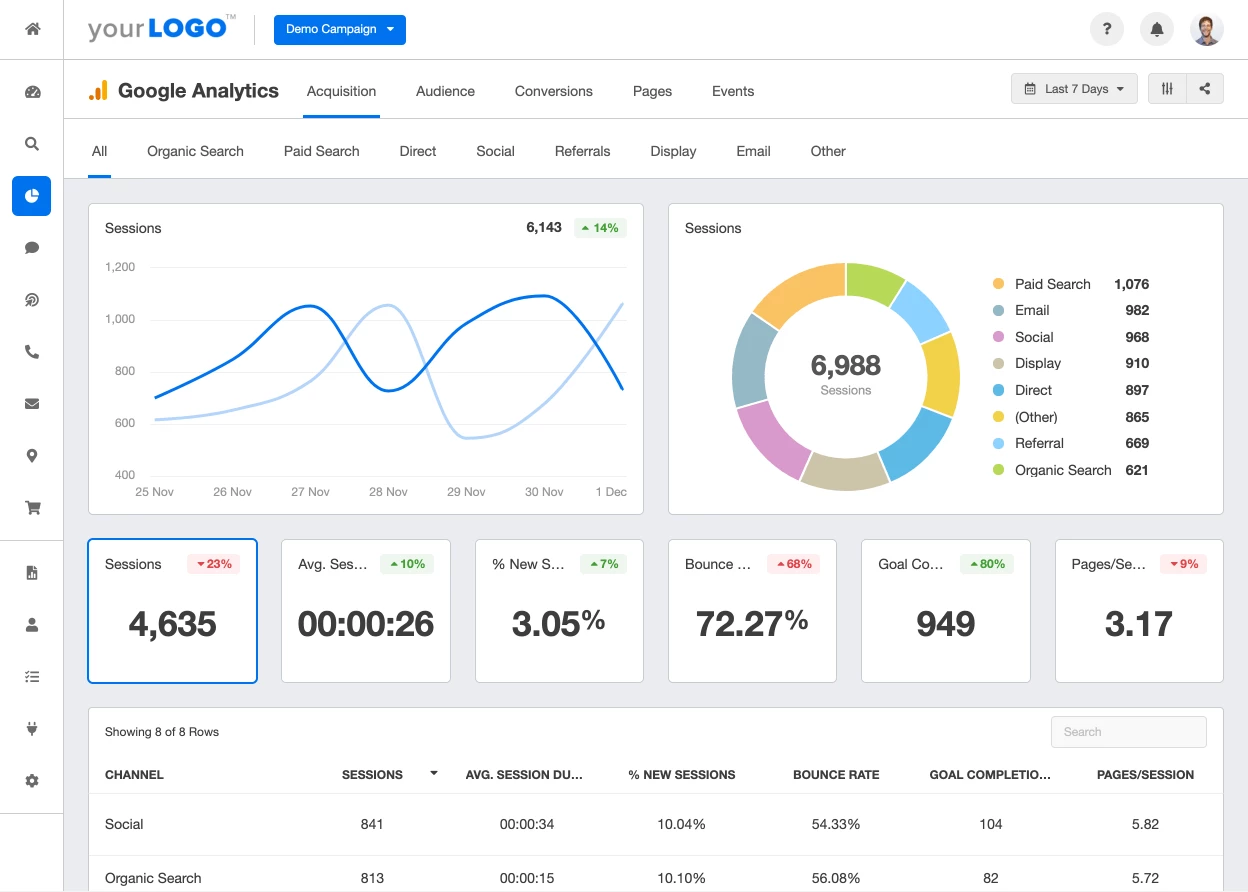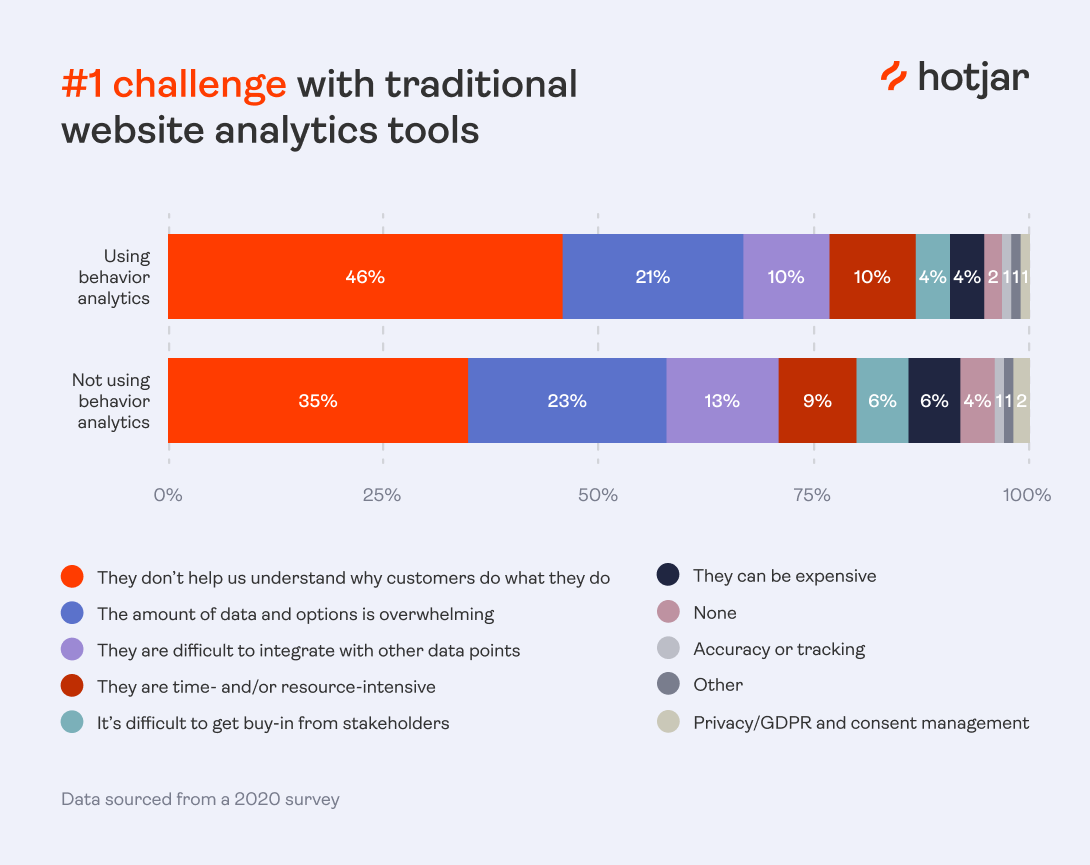Enhance Client Recognizing with Targeted Analytics Designs
Enhance Client Recognizing with Targeted Analytics Designs
Blog Article
Increase Effectiveness and Success With Information Analytics
In today's data-driven landscape, organizations are significantly recognizing the crucial role of data analytics in enhancing functional effectiveness and success. By methodically examining information, organizations can discover essential understandings that educate critical choices, streamline processes, and tailor client experiences.
Understanding Data Analytics
In today's data-driven landscape, understanding information analytics is crucial for organizations aiming to enhance functional performance and drive productivity. Information analytics involves the methodical computational evaluation of information collections to discover patterns, relationships, and understandings that educate decision-making. By utilizing various techniques, such as analytical evaluation, equipment knowing, and predictive modeling, companies can transform raw data into workable intelligence.
The procedure normally begins with data collection, where relevant details is collected from several resources, including transactional databases, consumer communications, and market trends. This data is after that cleaned and arranged to guarantee precision and uniformity. As soon as the information is prepared, analytical tools and software are made use of to explore and picture the details, allowing stakeholders to identify anomalies and patterns.
Eventually, comprehending data analytics encourages companies to make informed decisions based on empirical proof as opposed to instinct. It helps with targeted techniques that can maximize source appropriation, enhance client fulfillment, and improve overall efficiency. As businesses significantly identify the value of data-driven insights, a solid grasp of data analytics comes to be a vital competency for teams and leaders alike, placing them for continual success in an affordable setting.

Secret Advantages for Organizations
Organizations that leverage data analytics can unlock a wide variety of benefits that dramatically enhance their operations and success. One of the primary benefits is boosted decision-making. Data analytics provides actionable insights originated from real-time information, enabling services to make educated choices that align with market demands and consumer preferences.

Additionally, information analytics cultivates enhanced client experiences. By comprehending customer actions and choices, businesses can customize their offerings, leading to raised satisfaction and loyalty. This tailored approach often causes greater conversion rates and repeat service.
Additionally, information analytics enables companies to recognize arising possibilities and trends. By staying in advance of the contour, companies can profit from new markets and advancements prior to their rivals.
Applying Data-Driven Strategies
Successful application of data-driven techniques requires a thorough understanding of both available data and organizational objectives resources. Organizations should first specify their goals plainly, ensuring positioning in between information efforts and critical goals. This clearness enables teams to concentrate on appropriate metrics and understandings that drive decision-making.
High-quality information is essential for accurate analysis, as bad data can lead to misguided approaches and lost sources - Analytics. Organizations needs to develop procedures for data collection, cleansing, and monitoring to maintain information honesty.
Additionally, cultivating a data-driven culture is essential. Staff members in any way levels ought to be urged to leverage data in their everyday procedures. Educating programs and workshops can boost information proficiency, empowering team to make informed decisions based upon logical understandings.
Devices and Technologies Overview
A robust collection of devices and technologies is necessary for organizations aiming to harness the complete possibility of information analytics. These tools assist in the collection, processing, and visualization of information, enabling services to obtain workable insights.
At the foundational level, information administration systems such as SQL data sources and NoSQL systems give effective data storage and retrieval capabilities. For information handling and evaluation, programs languages like Python and R, together with structures such as Apache Glow, enable complicated computations and artificial intelligence applications.
Visualization tools, consisting of Tableau and Power BI, change raw information right into intuitive visual layouts, making understandings available to stakeholders in any way degrees. In addition, cloud-based systems like Google Cloud and AWS supply scalable storage and handling remedies, fitting the growing quantities of data organizations experience.
For advanced analytics, predictive modeling and AI-driven remedies are significantly taken on, permitting firms to forecast patterns and enhance decision-making processes. Incorporating these tools right into existing workflows is critical; companies that effectively take advantage of this modern technology can substantially improve operational performance and drive profitability. Hence, spending in the right tools and innovations is a calculated essential for any data-driven organization.
Situation Researches of Success
Leveraging data analytics has led many organizations to accomplish amazing enhancements in efficiency and profitability. One remarkable instance is a huge retail chain that implemented anticipating analytics to enhance supply management. By evaluating historical sales information and client patterns, the firm lowered excess inventory by 30%, leading to considerable expense financial savings and improved capital.
Another instance can be found in the production industry, where a leading auto maker Discover More Here used data analytics to improve its manufacturing processes. By keeping an eye on device performance in real-time, the company recognized ineffectiveness and bottlenecks, resulting in a 20% rise in overall devices performance (OEE) This not only enhanced manufacturing prices however additionally decreased downtime and maintenance costs.

These study show how data analytics can drive critical decision-making, optimize processes, and ultimately boost both effectiveness and Click Here success throughout numerous sectors.
Final Thought
In final thought, the integration of information analytics into business operations provides considerable chances for improving efficiency and earnings. By methodically examining information, organizations can determine ineffectiveness, optimize client experiences, and make educated decisions.
In today's data-driven landscape, understanding data analytics is important for organizations aiming to improve operational efficiency and drive success. Information analytics includes the systematic computational analysis of information collections to reveal patterns, correlations, and insights that notify decision-making. Data analytics provides workable insights obtained from real-time data, permitting companies to make informed options that straighten with market demands and customer official website choices.
Top quality data is crucial for accurate analysis, as poor data can lead to misdirected techniques and wasted sources. Organizations should establish processes for data collection, cleaning, and monitoring to maintain data integrity.
Report this page